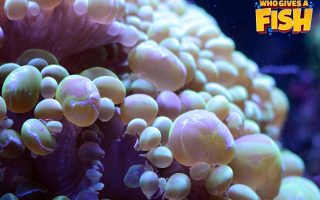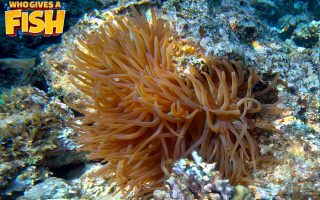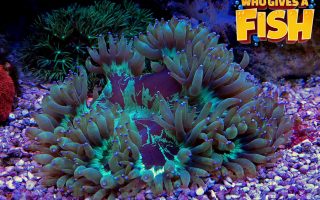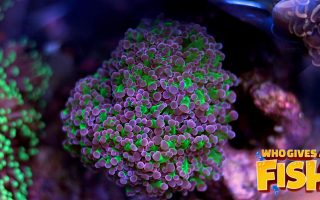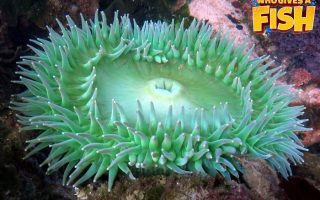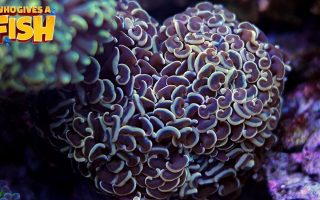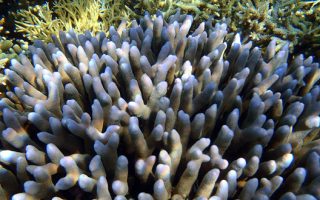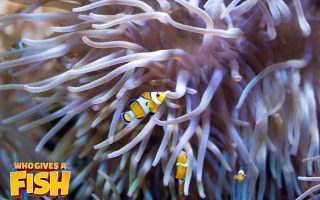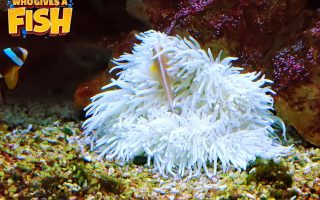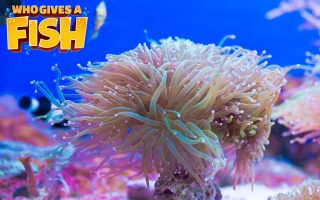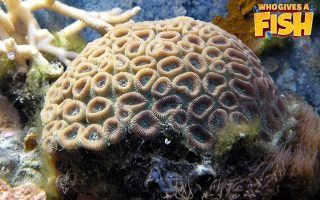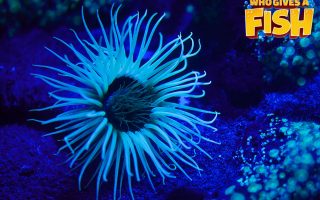Saltwater Corals
Search or browse for a freshwater fish, or contact us with your photos and success stories of saltwater coral species. Click any of the species names for a full description and care details.
The Bubble Coral, Plerogyra sinuosa, is a coral easily found and regularly seen in the aquarium trade. The Plerogyra spp. or “Grape Corals” will inflate and deflate their bubbles (vesicles) depending on how much lighting is available to them.
The Bubble Tip Anemone, Entacmaea quadricolor, is without a doubt one of the most popular anemones in the home aquarium.
The Condy Anemone, Condylactis gigantean, is also known as the Giant Golden anemone and are a commonly available anemone.
Catalaphyllia jardinei, better known as the Elegance Coral, has traditionally been one of the more popular corals in the home aquarium.
Euphyllia divisa, better known as the Frogspawn Coral is without a doubt one of the most popular corals among marine hobbyists.
The Giant Green Anemone, Anthopleura xanthogrammica, is rated by hobbyists as being one of the most stunning and attractive of all anemones.
Euphyllia fimbriata, the Hammer Coral, is a beautiful LPS coral, one that is a big favorite of marine hobbyists.
The Horn Coral, Hydnophora rigida, is a lovely little coral. Is has a natural green and brown color and an unfortunate yellow when it has insufficient lighting.
The Long Tentacle Anemone, Macrodactyla doreensis, is also known as the Corkscrew Anemone. It’s a very nice, large growing anemone with the ability to reach up to 19” (48 cm).
The Heteractis crispa, better known as the Sebae Anemone, have tentacles that are generally found as a greenish, violet, mauve or whitish color.
With almost 400 species found in the Acropora species, there is only 3 found in the Atlantic Ocean. The Staghorn Coral, Acropora Cervicornis is one of those 3.
The Torch coral, E.glabrescens is a beautiful coral that really stands out when compared to other specimens in the Euphyllia spp.
The Trumpet Coral, Caulastrea echinulata, have polyps that grow close together and are shaped like the horns found on a trumpet – hence its name.
The Tube Anemone, Cerianthus membranaceus, also known as the Tube Dwelling Anemone is a specimen with some very interesting traits.


